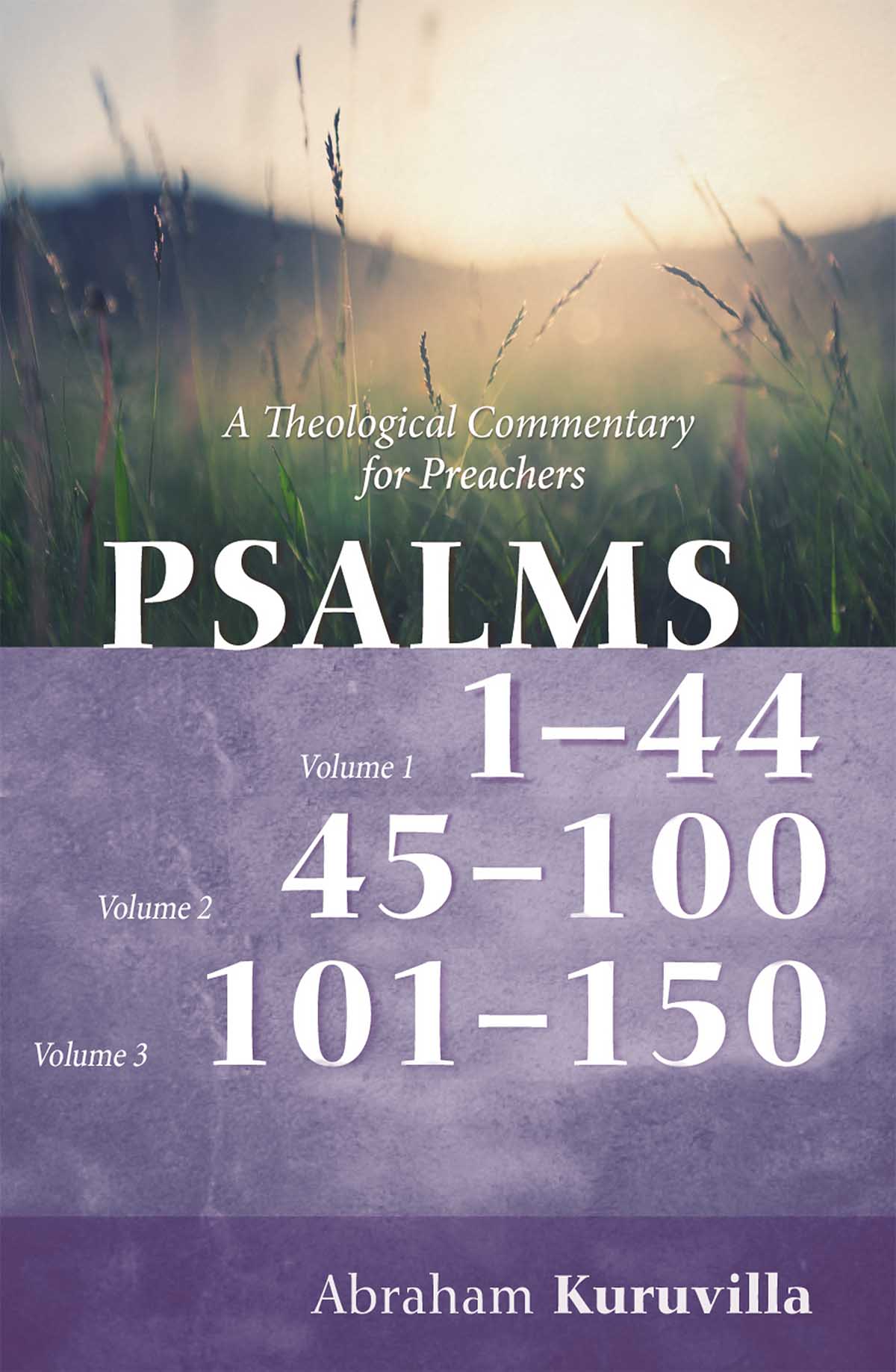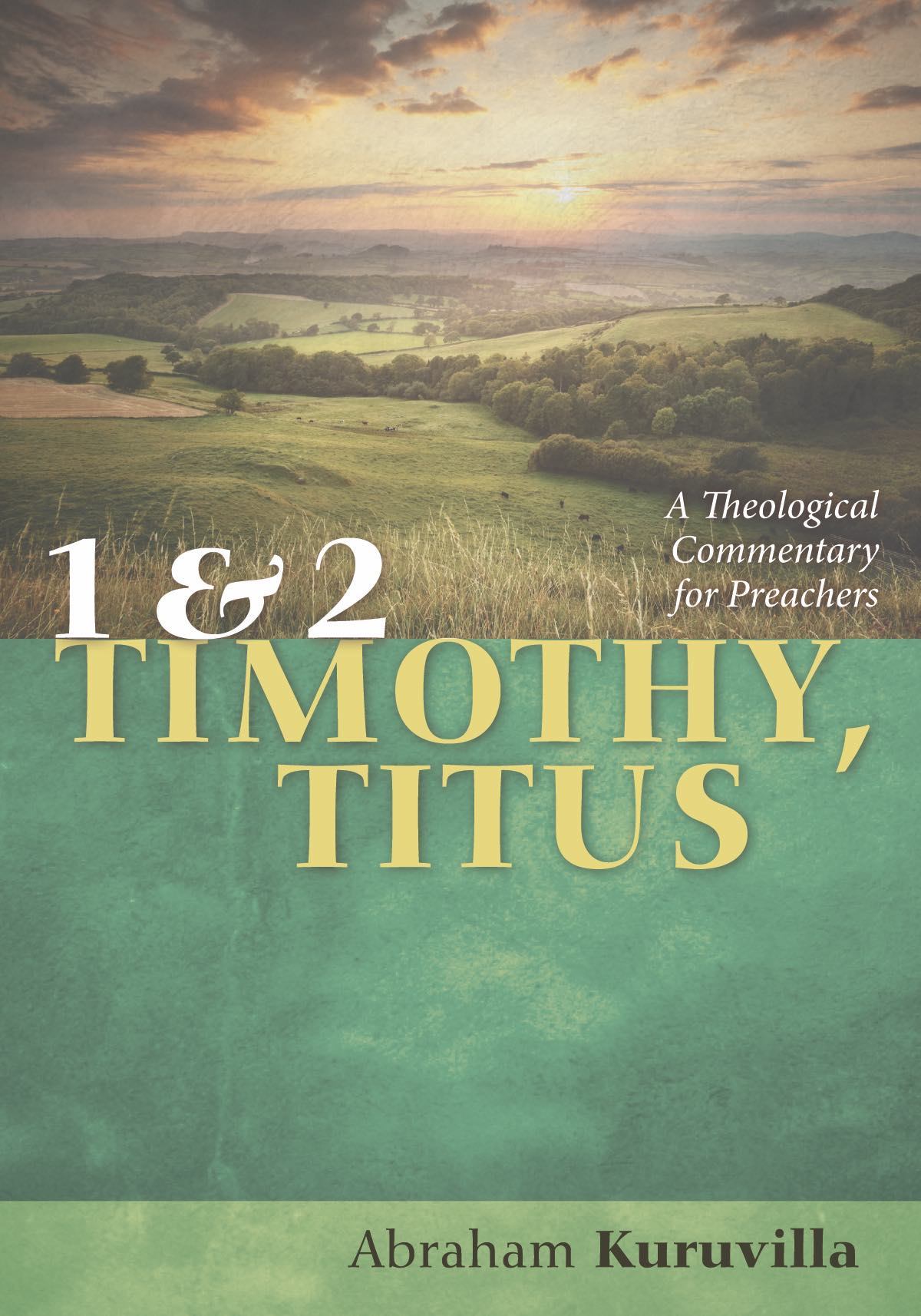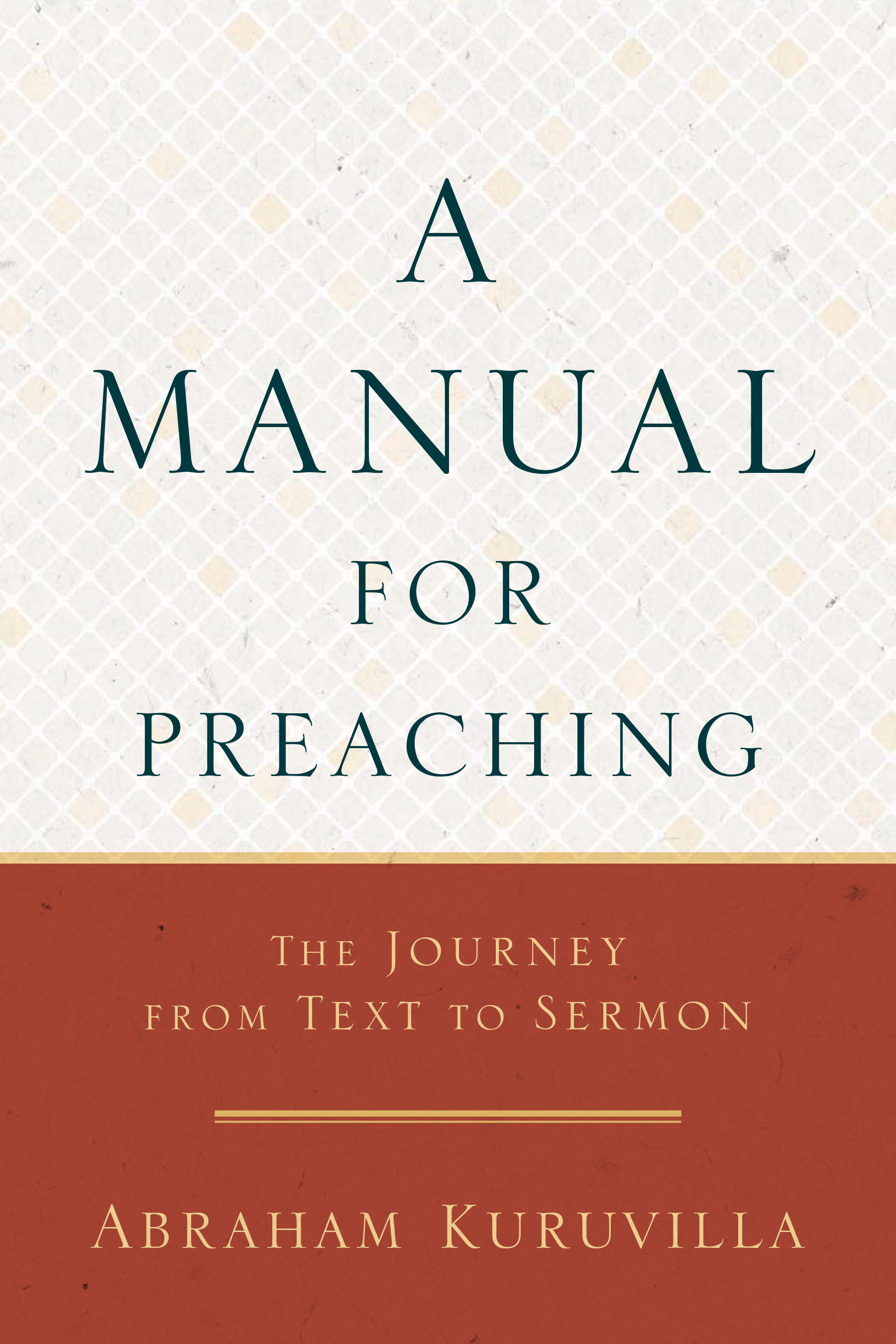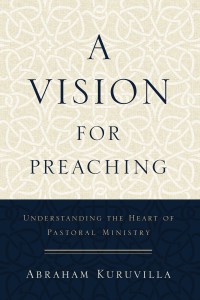The World in Front of the Text

It is by the regular weekly encounters with pericopes of Scripture that life change is addressed, so that the people of God may be aligned to the will of God. As pericopes are sequentially preached from, the resultant transformation of lives reflects a gradual and increasing alignment to the values of God’s kingdom (his ideal “world”). In other words, what is being sought in the weekly homiletical undertakings of the church is corporate and individual alignment with divine demand portrayed as the world in front of the text: the precepts that govern why/how things happen in God’s ideal world, the practices that God would have us undertake in that ideal world, and the priorities that are eminent in God’s ideal world.
For instance, harking back to the example of Ephesians 5:18 discussed here. This text depicts a world in front of it in which God’s people are never intoxicated with alcohol, whatever its specific brand, flavor, or species (the practice of the ideal world). Instead, they are filled with his Spirit (the priority of the ideal world). Inebriation results in dissipation, and is folly; Spirit-filling, on the other hand, results in thankfulness, and marks wisdom (the precepts of the ideal world).
I call this the world in front of the text to distinguish it from other possible worlds. In narrative, for instance, the world behind the text deals with events underlying the textual account. But for preaching purposes, it is the textual account and its thrust that must be attended to, not the event, for it is the account that is …
… inspired by God and profitable for teaching, for reproof, for correction, for training in righteousness,
that the person dedicated to God may be adequate.
equipped for every good work.
2 Timothy 3:16
We interpreters have the deplorable tendency to treat the text as a plain-glass window through which we look, to discern what “really” happened behind it. Rather, we ought to be considering the text as a stained-glass window at which we look, for this window, with its colors, lead, shapes, etc., is painting a world in front of the text, cluing us into what God’s ideal world looks like and, therefore, how we must change our lives to conform to the demands of that world. (The window metaphor is borrowed from Sidney Greidanus, The Modern Preacher and the Ancient Text.)
Often interpreters are also focused upon the world of the text, their interest being exclusively the linguistic and textual particularities of the account, without any attempt to synthesize and integrate those discoveries to understand what God would have his people do.
Each pericope of the biblical text portrays a segment of God’s ideal world. The integrated composite of such segments from all the pericopes of Scripture constitutes the plenary, canonical picture of God’s ideal world in front of the text. Weekly, listeners are called to respond to the text by “inhabiting” the pericopal segment of that larger world, i.e., by abiding by the precepts, priorities, and practices of that world, as detailed in that particular pericope. Thus, week by week, pericope by pericope, God’s people progressively “inhabit” his ideal world, more and more. In a sense, bit by bit, sermon by sermon, God’s kingdom is coming to pass on earth!











 Abe Kuruvilla is the Carl E. Bates Professor of Christian Preaching at The Southern Baptist Theological Seminary (Louisville, KY), and a dermatologist in private practice. His passion is to explore, explain, and exemplify preaching.
Abe Kuruvilla is the Carl E. Bates Professor of Christian Preaching at The Southern Baptist Theological Seminary (Louisville, KY), and a dermatologist in private practice. His passion is to explore, explain, and exemplify preaching.